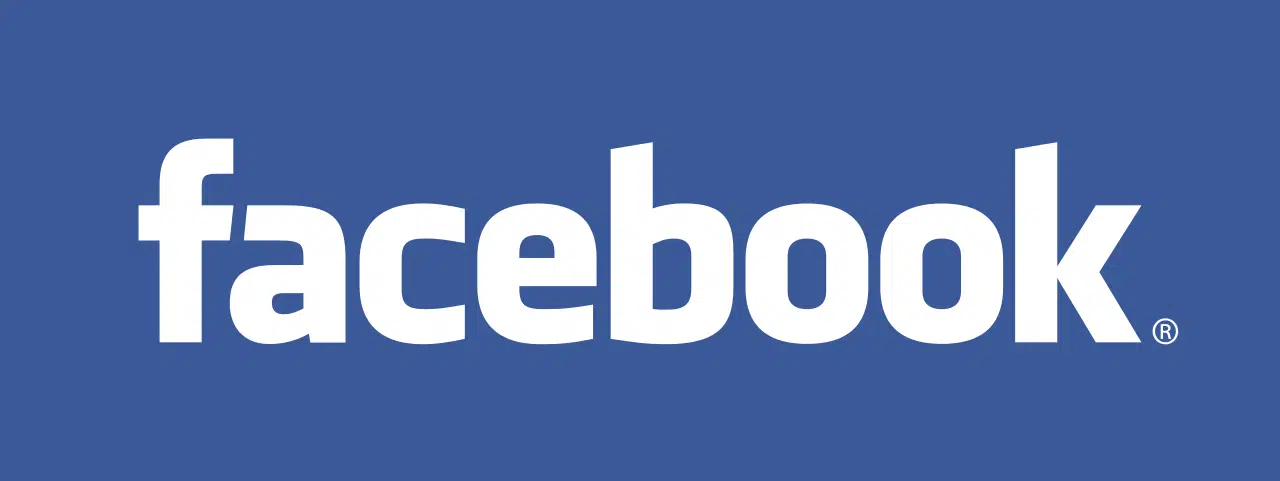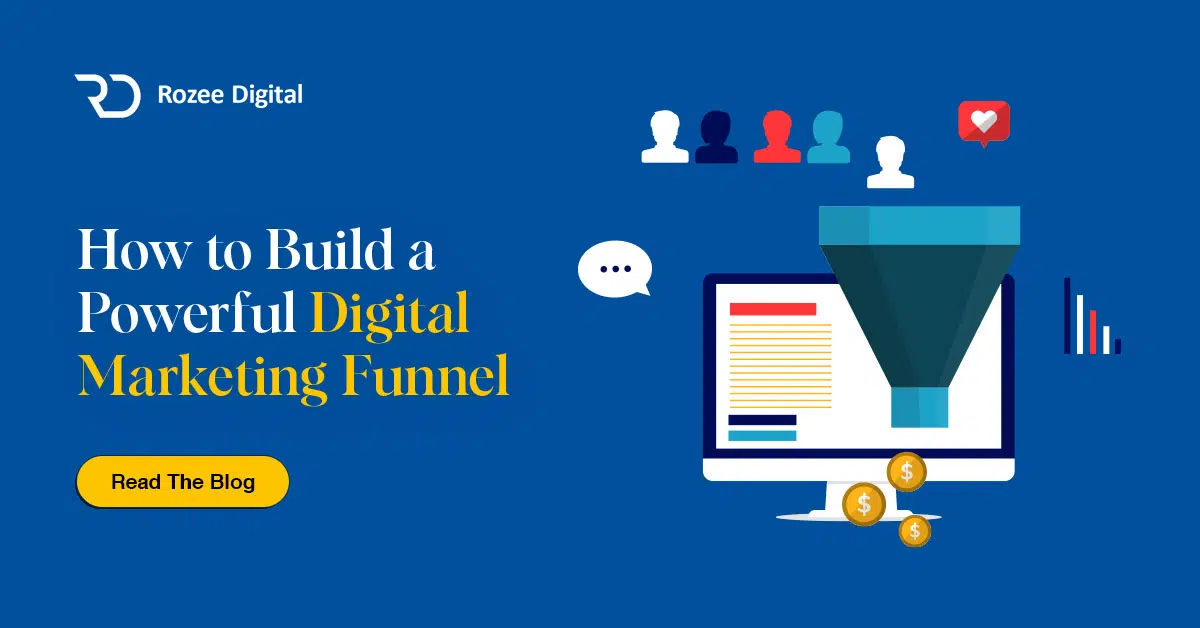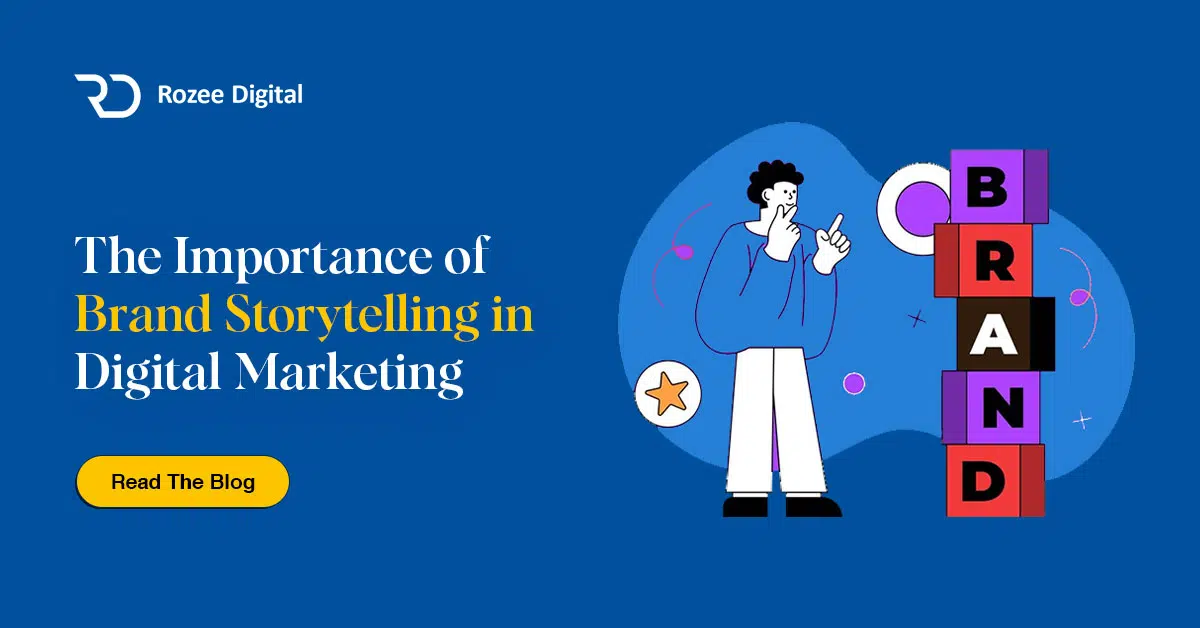Understanding Facebook’s Estimated Action Rate
To make the most of your advertising efforts on Facebook, it’s important to understand the concept of Facebook’s Estimated Action Rate. This metric plays a crucial role in evaluating the effectiveness of your ads and optimizing your campaigns. In this section, we will provide an introduction to Facebook’s Estimated Action Rate and explain why it is important for ecommerce brands.
Introduction to Facebook’s Estimated Action Rate
Facebook’s Estimated Action Rate is a metric that measures the likelihood of a person taking a specific action in response to an ad. These actions can include making a purchase, subscribing to a newsletter, or completing a form. The Estimated Action Rate provides advertisers with an estimate of how likely users are to take the desired action based on their past behavior and engagement patterns.
By calculating the Estimated Action Rate, Facebook aims to provide advertisers with valuable insights that can help them make data-driven decisions and optimize their ad campaigns. This metric allows advertisers to understand which ads are resonating with their target audience and driving valuable actions.
What is the Estimated Action Rate and Why is it Important?
The Estimated Action Rate is an essential metric for advertisers because it helps them gauge the potential effectiveness of their ads before running campaigns. It provides insights into how likely users are to perform a specific action based on their demonstrated behavior on the platform. This information enables advertisers to make informed decisions regarding their targeting, messaging, and creative strategies.
Understanding the Estimated Action Rate allows advertisers to optimize their ad campaigns and allocate their budgets more effectively. By identifying ads with a high Estimated Action Rate, advertisers can focus their resources on the content that is most likely to drive meaningful actions. Conversely, ads with a low Estimated Action Rate can be refined or adjusted to improve their performance.
By regularly monitoring and analyzing the Estimated Action Rate, ecommerce brands can gain valuable insights into the effectiveness of their advertising efforts. This information can help them refine their ad strategies, improve their return on investment (ROI), and ultimately drive more conversions and sales.
To learn more about optimizing your Facebook ad campaigns and improving the Estimated Action Rate, check out our article on improving Facebook’s Estimated Action Rate. Additionally, understanding the benchmarks for high and low Estimated Action Rates can provide further context. Check out our articles on high Facebook Estimated Action Rate and low Facebook Estimated Action Rate for more information.
In the next section, we will delve into the factors that Facebook considers when calculating the Estimated Action Rate and the algorithm behind this metric.
How Facebook Calculates the Estimated Action Rate
To fully understand the Facebook Estimated Action Rate, it’s important to grasp how Facebook calculates this metric. The Estimated Action Rate provides advertisers with valuable insights into how likely users are to take a specific action, such as making a purchase or filling out a form, in response to an ad.
Factors Considered in Calculating the Estimated Action Rate
Facebook takes several factors into account when calculating the Estimated Action Rate. These factors include:
- Ad Relevance: The relevance of the ad to the target audience plays a significant role in determining the Estimated Action Rate. Facebook analyzes how well the ad aligns with the interests and preferences of the intended audience.
- Audience Targeting: Facebook considers the precision of audience targeting when calculating the Estimated Action Rate. Advertisers who effectively target their ads to a specific audience are more likely to achieve higher Estimated Action Rates.
- Ad Quality: The quality of the ad itself is a crucial factor. Facebook assesses the overall quality, aesthetics, and engagement level of the ad to determine its potential impact on users.
- Historical Performance: Facebook takes into account the historical performance of similar ads when calculating the Estimated Action Rate. This helps advertisers understand how their ad is likely to perform compared to past campaigns.
The Algorithm Behind the Estimated Action Rate
The Estimated Action Rate is powered by a complex algorithm developed by Facebook. This algorithm uses machine learning and predictive modeling to analyze various data points and predict the likelihood of user actions. It takes into consideration the historical performance of similar ads, as well as real-time data on ad quality, relevance, and audience targeting.
By leveraging this algorithm, Facebook aims to provide advertisers with a reliable estimate of the potential effectiveness of their ads. This allows advertisers to optimize their campaigns and make data-driven decisions to maximize their return on investment (ROI).
Understanding how Facebook calculates the Estimated Action Rate is crucial for advertisers looking to improve their ad performance and achieve higher engagement rates. By focusing on factors such as ad relevance, audience targeting, ad quality, and leveraging the insights provided by the Estimated Action Rate, advertisers can optimize their campaigns to drive better results. For more information on improving the Estimated Action Rate, check out our article on improving Facebook Estimated Action Rate.
The Benefits of the Estimated Action Rate
Facebook’s Estimated Action Rate provides valuable insights and benefits for advertisers looking to optimize their ad campaigns and improve performance, ultimately leading to a higher return on investment (ROI).
Optimizing Ad Campaigns with the Estimated Action Rate
The Estimated Action Rate is a powerful tool that helps advertisers understand and predict how likely users are to take a specific action when they see an ad. By analyzing this metric, advertisers can optimize their ad campaigns to target the most receptive audience and increase the chances of desired actions, such as clicks, conversions, or engagements.
With the Estimated Action Rate, advertisers can make data-driven decisions on ad placements, targeting options, and ad creative. By focusing on audiences that are more likely to take action, advertisers can allocate their budget more effectively, reaching users who are more likely to convert, and ultimately maximizing the ROI of their ad spend.
To improve the Estimated Action Rate, advertisers can utilize various strategies such as refining audience targeting, testing different ad creatives, or adjusting the ad delivery optimization settings. For more detailed tips on how to improve the Estimated Action Rate, refer to our article on improving Facebook Estimated Action Rate.
Improving Ad Performance and ROI
The Estimated Action Rate plays a crucial role in improving ad performance and ROI. By using this metric as a guide, advertisers can identify opportunities to refine their ad strategy and focus on the most impactful actions.
A higher Estimated Action Rate indicates that the ad is resonating with the target audience, leading to increased user engagement and conversions. This metric allows advertisers to identify high-performing ads and replicate their success in future campaigns. On the other hand, a lower Estimated Action Rate can signal the need for adjustments in targeting, ad design, or messaging to better capture the attention and interest of users.
To benchmark the Estimated Action Rate, advertisers can compare their performance to industry standards or historical data. This analysis helps to identify areas of improvement and set realistic goals for future campaigns. For more information on interpreting the Estimated Action Rate and understanding its range, refer to our article on high and low Facebook Estimated Action Rate and low Facebook Estimated Action Rate.
By leveraging the Estimated Action Rate, advertisers can make data-informed decisions, optimize their ad campaigns, and ultimately achieve better performance and ROI on Facebook. It’s a valuable metric that provides insights into user behavior and empowers advertisers to reach their target audience more effectively.
Interpreting and Analyzing the Estimated Action Rate
As an ecommerce brand leveraging Facebook advertising, it’s essential to understand and analyze the Estimated Action Rate provided by Facebook. This section will focus on two key aspects of interpreting and analyzing the Estimated Action Rate: understanding the range of Estimated Action Rates and comparing the Estimated Action Rate to industry benchmarks.
Understanding the Range of Estimated Action Rates
The Estimated Action Rate provided by Facebook represents the likelihood that users will take a specific action, such as clicking on an ad or making a purchase. It is expressed as a percentage, indicating the expected conversion rate for your ad campaign. When interpreting the Estimated Action Rate, it’s important to understand the range of values and what they signify.
The Estimated Action Rate can vary widely depending on factors such as the target audience, ad creative, and campaign objectives. Generally, a higher Estimated Action Rate indicates that your ad campaign is resonating well with your target audience and has a higher likelihood of generating the desired actions. On the other hand, a lower Estimated Action Rate may suggest that adjustments are needed to improve the performance of your ad campaign.
To gain a deeper understanding of the range of Estimated Action Rates, it’s helpful to compare your current rate with historical data from your own campaigns. This allows you to identify trends and patterns and make informed decisions about optimizing your future ad campaigns. For more information on improving your Facebook Estimated Action Rate, check out our article on improving Facebook Estimated Action Rate.
Comparing the Estimated Action Rate to Industry Benchmarks
While analyzing your Estimated Action Rate, it can be valuable to compare it to industry benchmarks. Industry benchmarks provide a point of reference and help you gauge the performance of your ad campaign against similar campaigns in your industry.
It’s important to note that industry benchmarks can vary based on factors such as the industry itself, campaign objectives, and target audience. However, they serve as a useful benchmark for assessing the relative performance of your ad campaign.
To find relevant industry benchmarks for your specific niche, consult industry reports, case studies, and marketing publications. By comparing your Estimated Action Rate to the industry benchmarks, you can identify areas where your ad campaign may be underperforming or exceeding expectations. This analysis can guide your optimization strategies and help you set realistic goals for future campaigns. To learn more about optimizing your Facebook Estimated Action Rate, visit our article on optimizing Facebook Estimated Action Rate.
By understanding the range of Estimated Action Rates and comparing them to industry benchmarks, you gain valuable insights into the performance of your ad campaigns on Facebook. This analysis enables you to make data-driven decisions, refine your strategies, and improve the effectiveness of your advertising efforts. Keep in mind that the Estimated Action Rate is a dynamic metric that can be influenced by various factors, so continuous monitoring and optimization are key to achieving optimal results.
Strategies for Boosting the Estimated Action Rate
To enhance the performance of your Facebook ad campaigns and increase the estimated action rate, it’s important to implement effective strategies. By following best practices and continuously testing and iterating, you can improve your ad performance and achieve better results.
Best Practices for Increasing the Estimated Action Rate
To increase the estimated action rate on your Facebook ads, consider the following best practices:
- Relevant Targeting: Ensure that your ads are reaching the right audience. Use Facebook’s targeting options to narrow down your audience based on demographics, interests, and behaviors. By targeting the most relevant audience, you increase the likelihood of users taking action.
- Compelling Ad Creative: Create visually appealing and engaging ad creative that grabs attention and encourages users to take action. Use high-quality images or videos, compelling copy, and clear calls-to-action (CTAs) to prompt users to engage with your ads.
- Clear Value Proposition: Clearly communicate the unique value and benefits of your product or service. Highlight what sets you apart from competitors and why users should take action. Make it clear how your offering can solve a problem or meet a need.
- Optimized Landing Pages: Ensure that the landing pages users are directed to after clicking on your ads are optimized for conversions. The landing page should align with the ad’s messaging and provide a seamless user experience. Make it easy for users to take the desired action, whether it’s making a purchase, filling out a form, or subscribing to a newsletter.
- A/B Testing: Test different variations of your ads, including different visuals, headlines, CTAs, and ad formats. A/B testing allows you to identify what resonates best with your audience and adjust your ads accordingly. Continuously monitor and optimize your campaigns based on the results of these tests.
Testing and Iterating to Improve the Estimated Action Rate
Continuous testing and iteration are key to improving the estimated action rate on your Facebook ads. Here are some strategies to consider:
- Ad Elements: Test different combinations of ad elements, such as headlines, images, copy, and CTAs. Measure the performance of each variation to identify which elements drive higher engagement and conversions.
- Ad Formats: Experiment with different ad formats, such as carousel ads, video ads, or collection ads. Test how the format impacts the estimated action rate and adjust your strategy accordingly.
- Audience Segmentation: Divide your target audience into segments and test different ad variations for each segment. This allows you to tailor your messaging and creative to specific audience interests and preferences.
- Ad Scheduling: Test different days and times for running your ads. Identify the periods when your target audience is most active and responsive to your ads. Optimizing the timing of your campaigns can help boost engagement and conversions.
- Ad Optimization: Leverage Facebook’s ad optimization features, such as automatic placements and campaign budget optimization. These tools can help optimize your ads for better delivery and performance.
By implementing these strategies and continuously testing and iterating, you can improve your Facebook ad campaigns and increase the estimated action rate. Remember to regularly review your ad performance metrics and make data-driven decisions to optimize your campaigns. For more insights on improving the estimated action rate, check out our article on improving Facebook estimated action rate.







